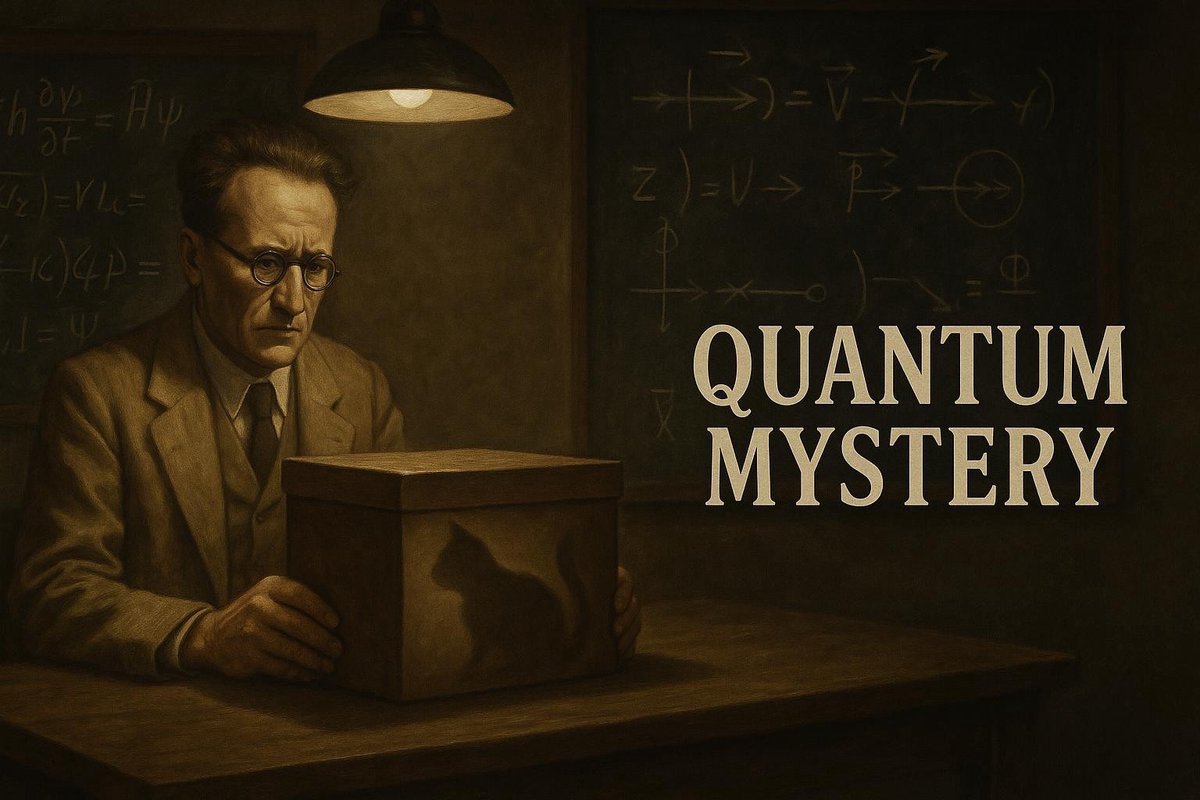
Unpacking the Paradox: A Curious Question
What does the paradox of Schrödinger’s Cat reveal about the nature of observation and reality? Interestingly, it is not just a whimsical question of cats and boxes, but a profound inquiry into the heart of quantum mechanics. Imagine this: a cat, a vial of poison, and a radioactive atom are sealed in a box. Until someone peeks inside, the cat is both alive and dead. Can reality exist in such an ambiguous state?
- The cat is both alive and dead until observed.
- This mental experiment challenges our perception of reality.
- Observation appears to alter the outcome.
Such a thought experiment was proposed in 1935 by physicist Erwin Schrödinger. It was designed not to provide answers but to provoke thought about the strange implications of quantum mechanics. Before this, most scientific discussions assumed that the universe existed in definite states regardless of observation. Schrödinger’s Cat, therefore, shook foundational beliefs, inviting scientists and philosophers alike to reconsider what it means to ‘observe’.
Surprising Facts: The Quirks of Quantum Reality
No wonder many people find quantum mechanics perplexing. Schrödinger’s Cat highlights the bizarre nature of particles at the subatomic level. What’s fascinating is that, in the quantum realm, particles can indeed exist in multiple states simultaneously. Known as ‘superposition,’ this concept defies classical logic, much like our feline paradox.
- Particles can exist in multiple states at once.
- Only upon observation do they ‘choose’ a state.
- This phenomenon is known as superposition.
Albert Einstein famously contested this, suggesting that reality must exist independently of observation. Yet, experiments such as the double-slit experiment seem to support the notion that observation alters outcomes. As time goes on, the debate continues, with some scientists positing that consciousness itself might play an integral role in shaping reality.
What Science Says: A Dance of Theories
Of course, science seeks to unravel and explain these mysteries. Quantum mechanics posits that particles exist in probabilities rather than certainties. This has led to several interpretations:
- The Copenhagen Interpretation: Observation collapses the wave function.
- Many-Worlds Theory: All possibilities occur in parallel universes.
- Objective Collapse Theories: Wave function collapse is a physical process.
The Copenhagen Interpretation, favored by pioneers like Niels Bohr, suggests that reality doesn’t settle into a single state until measured. Meanwhile, Hugh Everett’s Many-Worlds Theory proposes that every possibility spawns a new universe. Such ideas not only spark scientific curiosity but also philosophical debates about the nature of existence itself.
What It Means for Us: A Reflection on Reality
So what does this all mean for us? Schrödinger’s Cat reminds us that the act of observation is not as passive as it seems. It suggests a universe where our perception might play an active role in shaping reality. This has profound implications, from quantum computing to the philosophical musings on free will and determinism.
- Observation could be an active participant in reality.
- Challenges traditional notions of truth and existence.
- Raises ethical and philosophical questions about free will.
As we delve into the quantum world, we are reminded of the richness of the unknown and the potency of human curiosity. Whether you find Schrödinger’s Cat whimsical or bewildering, it serves as a testament to the complexity and beauty of the universe we inhabit.
Fuel Someone Else’s Curiosity
Share this article with others who delight in unraveling the mysteries of the quantum world. Whether they’re pondering the philosophical implications or simply intrigued by the quantum oddities, there’s something here for every curious mind. Let this conversation flow, for as we share and discuss, we open doors to new realms of understanding.

Leave a Reply